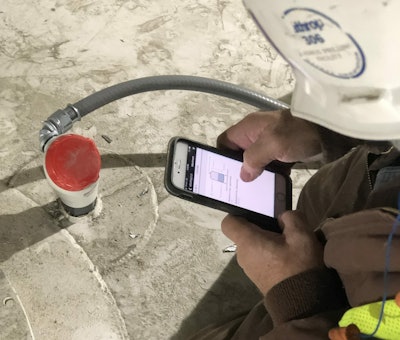
Photo courtesy of BinMaster
How do you currently manage your grain inventory? If you keep tabs on a white board or use notes on a spreadsheet, you could be leaving the door open for mistakes.
Log in to view the full article
Subscribe to Magazine
High-tech bin level sensors with cloud servers can provide real-time grain inventory levels and lot tracking
Subscribe to Magazine
How do you currently manage your grain inventory? If you keep tabs on a white board or use notes on a spreadsheet, you could be leaving the door open for mistakes.